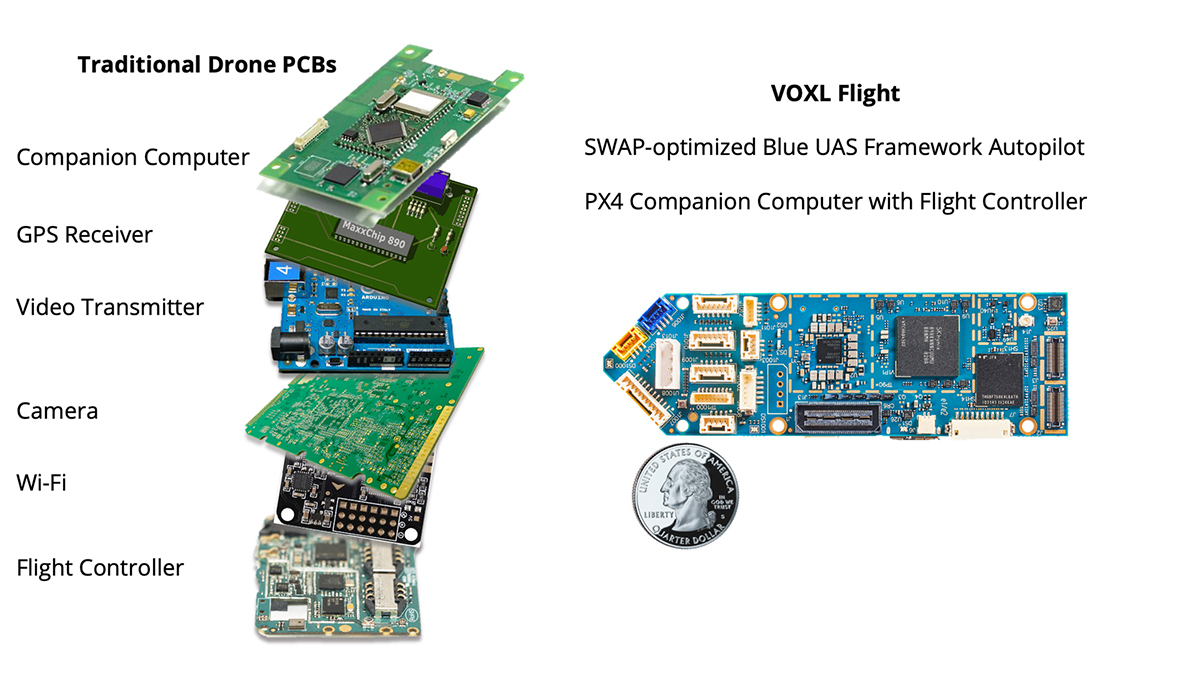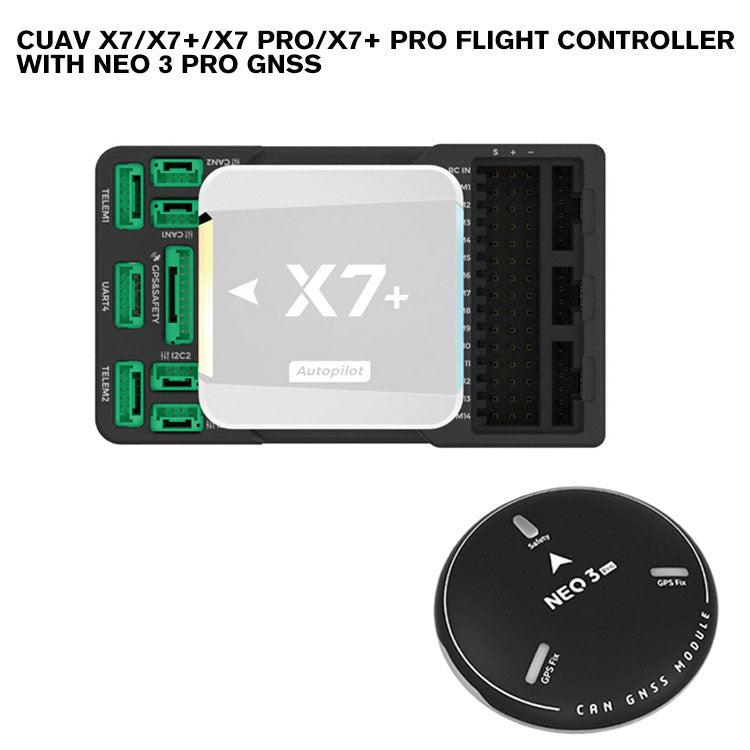SparkNavi Drone Flight Controller and GNSS/INS Made in Taiwan: Advancement for Expert UAVs
Understanding the Crucial Functions and Features of a Drone Flight Controller for Optimum Aerial Efficiency
The flight controller serves as the critical component in a drone's style, orchestrating its motions and guaranteeing security via an innovative interaction of data and sensors handling. With innovations in innovation, the landscape of flight controllers is rapidly developing, triggering a better evaluation of what genuinely specifies optimum functionality in this important system.
Review of Flight Controllers
When discovering the globe of drone technology, recognizing trip controllers is important for both professionals and hobbyists alike. Trip controllers function as the brain of the drone, coordinating its movements and making certain stability throughout flight (SparkNavi drone flight controller and GNSS/INS made in taiwan). They process information from different sensors, including gyroscopes, barometers, and accelerometers, to keep equilibrium and reply to pilot inputs successfully
The architecture of trip controllers can vary dramatically, ranging from fundamental variations designed for entry-level drones to innovative systems furnished with innovative functions for specialist applications. The assimilation of GPS abilities allows precise navigating and positioning, while programmable firmware permits individuals to tailor flight attributes to match their particular requirements.
Additionally, trip controllers are critical in promoting communication between the drone and the remote control, allowing real-time modifications and telemetry information transmission. Understanding the various kinds of trip controllers, including multi-rotor, fixed-wing, and hybrid systems, is critical for picking the appropriate model for a given application. Ultimately, a thorough understanding of flight controllers not only improves the flying experience however likewise maximizes the efficiency and safety and security of drone procedures.
Trick Features of Flight Controllers
Flight controllers play a pivotal role in handling a drone's flight dynamics by executing several vital features that make sure stability and responsiveness. One of the key features is the stabilization of the drone's positioning and altitude. This is achieved via the combination of different sensors, consisting of gyroscopes, accelerometers, and barometers, which continually check the drone's placement and motion.
.png)
Another crucial feature is the handling of control inputs from the pilot or self-governing systems. The flight controller translates these inputs and adjusts the drone's motor rates appropriately to accomplish the desired flight course. This consists of managing roll, pitch, and yaw, which are important for ability to move.
Furthermore, trip controllers are geared up with secure systems. These functions are made to react to vital scenarios, such as reduced battery levels or loss of signal, by launching predefined activities like going back to the launch point or floating in location.

Important Functions to Think About
When picking a drone flight controller to make certain optimum efficiency and integrity,Countless essential features should be taken right into account. One crucial aspect is the controller's handling power, which establishes its ability to manage complex flight algorithms and real-time data processing. A higher handling capacity boosts responsiveness and security during flight.
One more vital feature is the variety of sustained trip settings. A versatile flight controller should use various settings, including acro, altitude hold, and GPS-assisted settings, dealing with various pilot skill degrees and functional scenarios. Additionally, the existence of built-in safety and security attributes, such as fail-safes and geofencing, can substantially improve operational protection.
Compatibility with various interaction procedures is likewise essential, as it makes certain smooth integration with various other gadgets and peripherals, such as remote controllers and telemetry systems. The controller's firmware should be straightforward and regularly updated to incorporate brand-new attributes and optimizations.
Assimilation With Sensing Units and Solutions
A flight controller's performance is greatly affected by its capability to integrate with different sensors and systems. This combination is vital as it makes it possible for the flight controller to receive real-time data needed for effective flight management. Trick sensing units include GPS, inertial dimension units (IMUs), barometers, and magnetometers, each giving essential details regarding the drone's orientation, elevation, and position.

Additionally, advanced trip controllers sustain integration with payload systems, including cameras and other sensing units, allowing boosted performances such as self-governing navigating and challenge avoidance. This interconnectedness not just enhances the drone's operational capabilities yet additionally increases its application prospective throughout various industries, from airborne photography to agricultural surveillance. Thus, a well-integrated flight controller is basic for achieving optimal aerial efficiency and making sure the integrity of drone procedures.
Tips for Optimizing Performance
To make the most of the efficiency of your drone, numerous crucial strategies can be used that focus on maximizing both software and hardware components. Initially, ensure that the trip controller firmware is up to date. Makers frequently launch updates that boost security, boost performance, and take care of bugs. Consistently looking for these updates can considerably impact your drone's efficiency.
Next, calibrate your sensing units, consisting of the accelerometer and gyroscope, to ensure precise readings. Correct calibration minimizes drift and improves trip security, particularly during complex maneuvers. Furthermore, take into consideration upgrading the hardware elements, such as motors and propellers, to enhance thrust and effectiveness. High-quality props can lower drag and rise trip time.
In addition, optimize your drone's weight by minimizing unnecessary payloads. A lighter drone not only performs better but also extends battery life. Finally, fine-tune your flight settings, consisting of PID (Symmetrical, Indispensable, Acquired) worths, to achieve responsive and smooth handling. By executing these methods, drone operators can substantially improve aerial performance, leading to an extra delightful and reliable flying experience.
Conclusion
In conclusion, a thorough understanding of drone flight controllers my sources is important for boosting aerial efficiency. By focusing on these elements, operators can considerably boost the performance and integrity of their drone systems in diverse applications.
Flight controllers serve as the brain of the drone, orchestrating its movements and making certain security during flight.Trip controllers play a crucial function in managing a drone's trip characteristics by executing several vital features that ensure stability and responsiveness. The flight controller translates these inputs and changes the drone's electric motor speeds as necessary to accomplish the wanted flight path.Various important attributes need to be taken right into account when choosing a drone trip controller find this to make certain optimal performance and reliability. Thus, a well-integrated flight controller is fundamental for achieving optimal airborne efficiency and guaranteeing the dependability of drone operations.